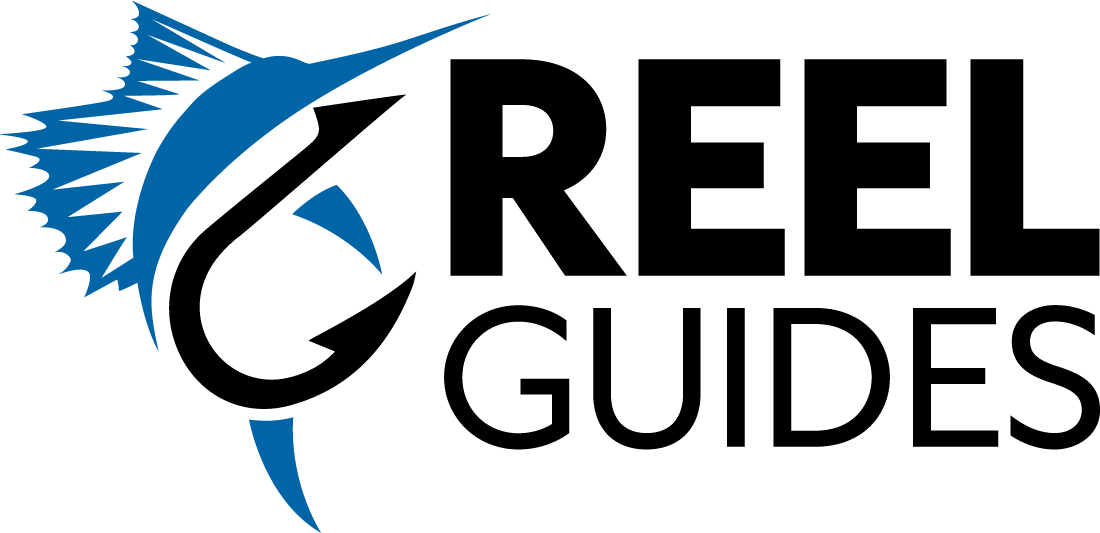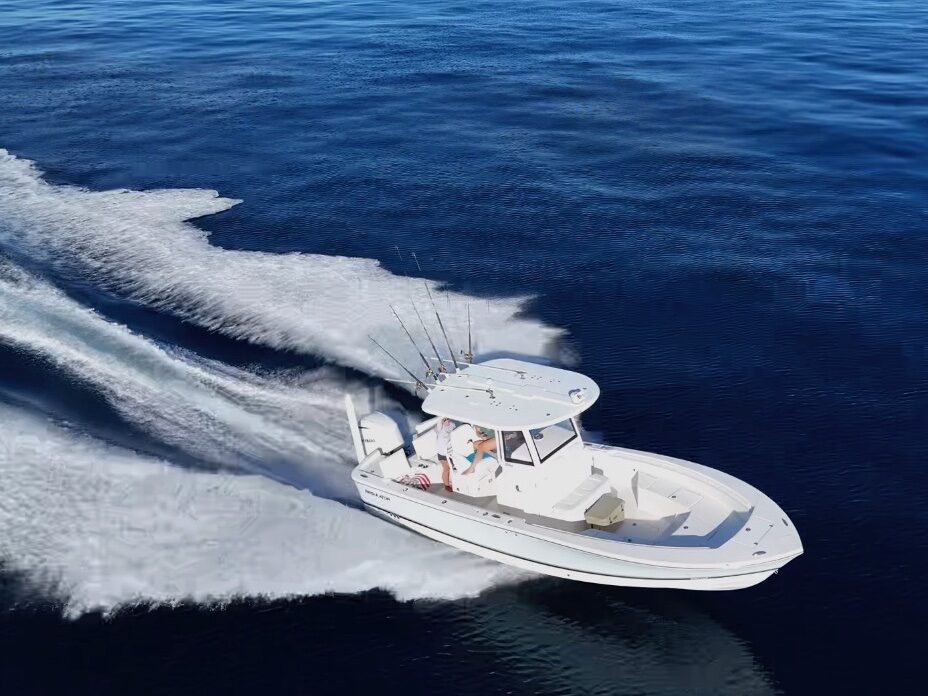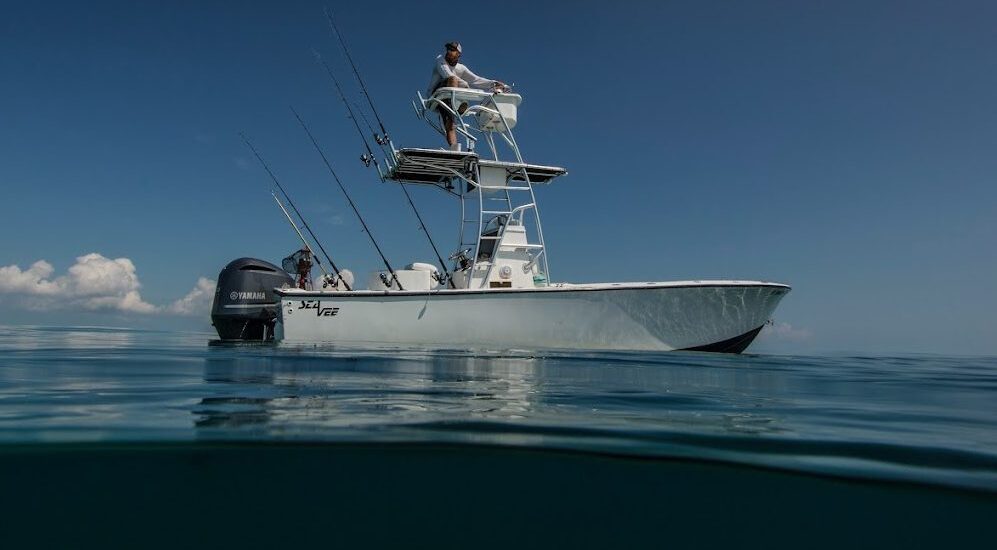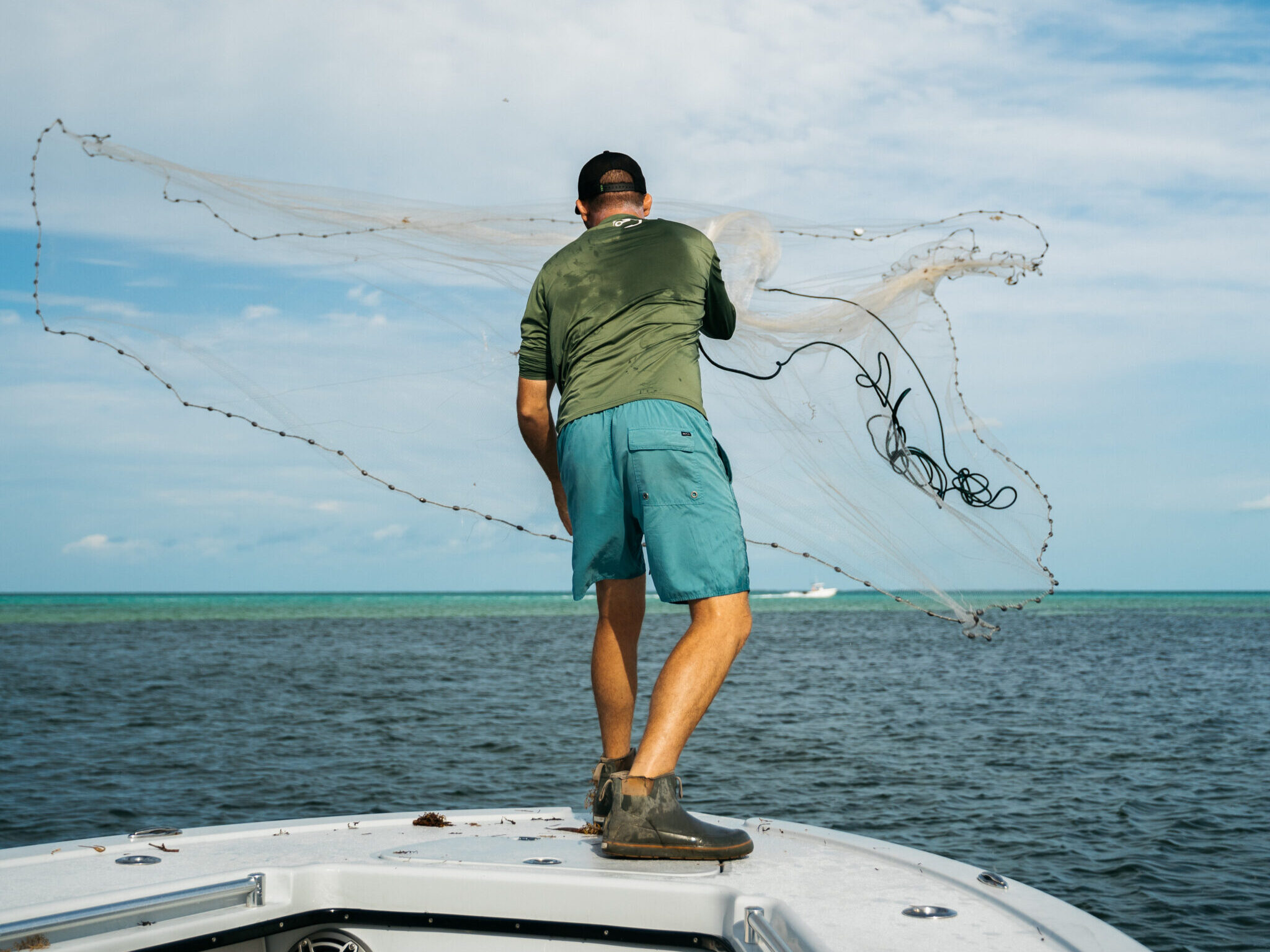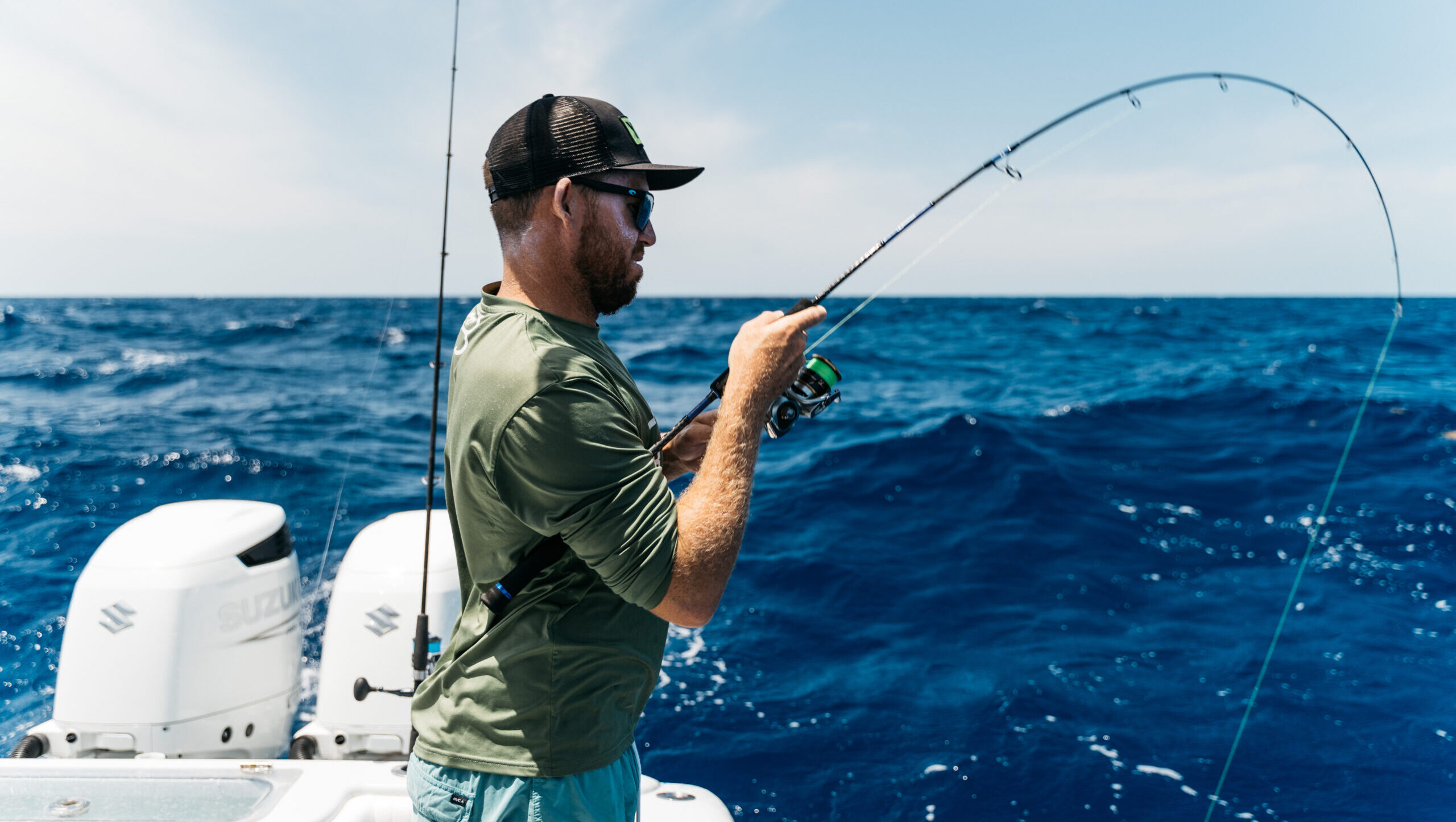Fishing 101: 5 Critical Steps to Finding the Right Fishing Equipment
Written By: Captain Kody Michael
5 Steps to Finding the Right Fishing Equipment
Embarking on an offshore fishing adventure is not just about casting lines into the deep blue; it’s a holistic experience that blends passion, strategy, and the right gear. For those who are passionate about angling, mastering the essentials can significantly enhance your fishing experience and increase your chances of landing that prized catch. In this comprehensive guide, we will delve into each aspect of offshore fishing gear, providing valuable tips and insights for a successful fishing trip.
Step 1: Setting Your Goals and Understanding Conditions
Before you even start packing your gear, take the time to define your fishing goals and understand the prevailing conditions. Are you targeting specific species like Marlin, Tuna, or Mahi-Mahi? Do you prefer trolling offshore or live baiting near reefs?
Understanding these aspects is crucial as it will guide your gear selection and fishing strategy. Additionally, study the weather patterns, tidal movements, moon phases, and water conditions to optimize your fishing approach and increase your chances of success.
Step 2: Leaders, Hooks, Baits, Lures, and Tools
Offshore fishing demands a versatile assortment of gear to tackle different fishing scenarios effectively. Here’s a breakdown of essential items to include in your fishing arsenal:
-
Leaders:
Carry a range of fluorocarbon leaders (40-100lb TUFLINE recommended) to match the line strength with your target species and fishing techniques.
-
Hooks:
Stock up on quality hooks from Mustad (3/0-10/0) to ensure reliable hooksets and prevent hook failures during battles with big game fish.
-
Baits:
Pack a variety of baits such as live pilchards, goggle eyes, and ballyhoos to entice a wide range of offshore species. Live bait can be purchase from local bait shops near you.
-
Lures:
Lure selection can be critical to a successful day of fishing. My favourite lures can be found at Mustad Fishing and Seaworx. Both of these top-quality fishing brands offer a range of trolling lures, diving lures, and marauders to cover different fishing techniques and conditions.
-
Tools:
Your fishing toolbox should include essential tools like pliers for hook removal, hook removers for deep-set hooks, and a reliable knife for rigging baits and making tackle adjustments on the fly.
Step 3: Line and Reels
Selecting the right fishing line and reels is paramount for offshore success and landing trophy fish. Consider the following recommendations:
-
Line:
Opt for high-quality braided lines such as TUFLINE braid (20-80lb test) on both spinning reels (20lb class to 65lb class) and conventional setups (20lb class to 50w sized reels). Braided lines offer superior strength, sensitivity, and abrasion resistance, essential traits for offshore fishing.
-
Reels:
Ensure your reels are spooled with quality braid to handle the rigors of offshore battles without the risk of line breakage or getting spooled by powerful game fish.
Step 4: Safety and Handling Gear
Safety should always be a top priority when venturing offshore, and having the right safety and handling gear is non-negotiable:
-
Gaffs:
Carry a small pick gaff for handling smaller catches and a larger gaff for landing larger game fish safely onboard.
-
Dehooking Device:
Invest in a reliable de-hooking tool to safely remove hooks and minimize fish stress during catch-and-release practices.
-
Measuring Tape:
Ensure legal compliance by measuring catches accurately with a sturdy measuring tape.
-
Landing Net:
A large landing net facilitates gentle fish handling and reduces the risk of injury to both the angler and the fish.
Step 5: Adapting to Fishing Conditions
Offshore fishing conditions can change rapidly, requiring anglers to be adaptable and versatile in their approach:
-
Trolling vs. Live Baiting:
Be prepared to switch between trolling setups and live baiting rigs based on prevailing conditions, water depths, and fish behavior. Stay flexible and adjust your fishing techniques accordingly to maximize your chances of hooking up.
-
Bait Selection:
Maintain a varied bait selection onboard to cater to different fishing styles and conditions. Having live baits, dead baits, and artificial lures at your disposal allows you to adapt quickly to changing fishing scenarios and increase your catch rates.
Conclusion:
Mastering offshore fishing is a journey that combines preparation, skill, and the right gear. By following the step-by-step guidelines outlined in this comprehensive gear guide, anglers can elevate their fishing experiences, increase their chances of landing prized catches, and create lasting memories offshore. Remember to stay adaptable, embrace new techniques, and enjoy the thrill of angling in the vast blue waters. Happy angling!
Looking to book a fishing charter?
Click here to browse and book your next fishing trip!
